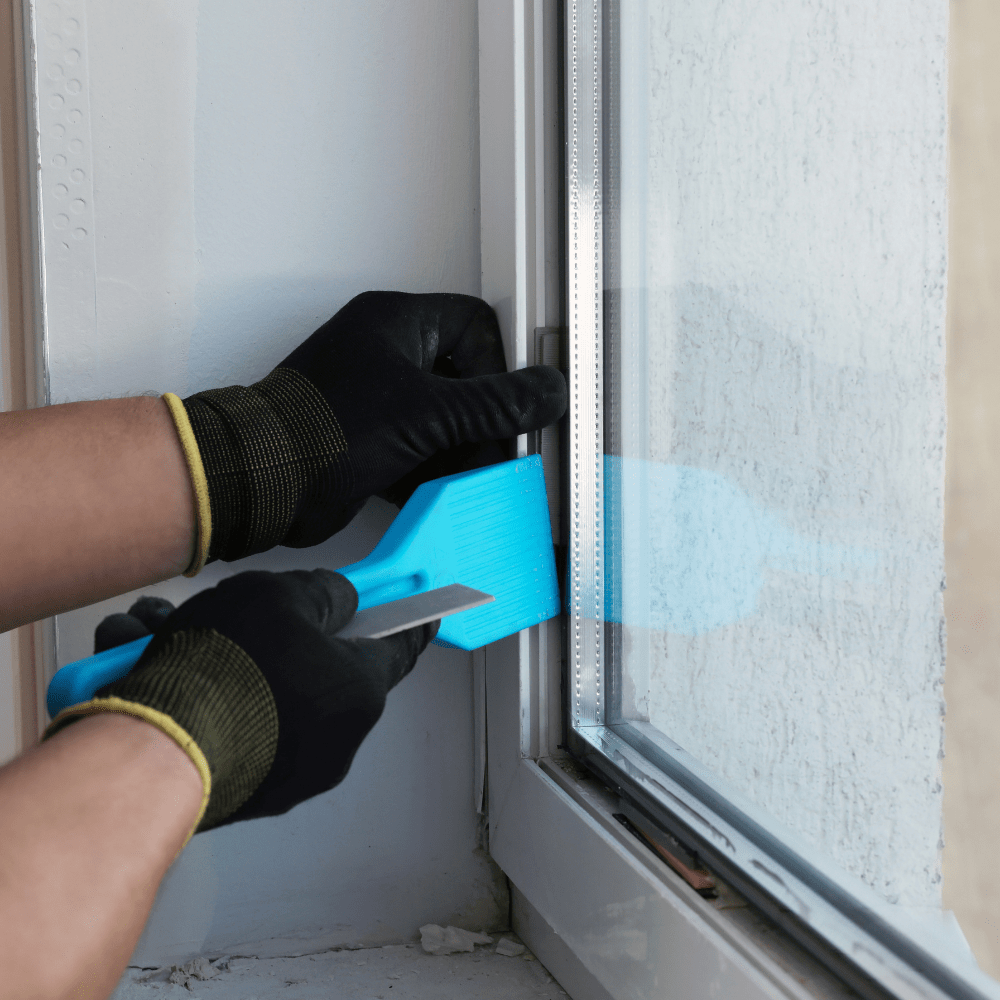Buzz Haven: Your Daily Dose of News
Stay informed and entertained with the latest buzz in news, trends, and insights.
When Windows Go Wrong: Time for a Change?
Discover the signs that your Windows need a makeover! Don't wait for disaster—explore your options for a smoother experience today!
Common Windows Issues and How to Fix Them
Windows operating systems are widely used, but they can sometimes present a variety of issues that frustrate users. Common problems include system crashes, slow performance, and software compatibility issues. To address these challenges, start by regularly updating your system. This can be done by navigating to Settings > Update & Security > Windows Update and checking for updates. Additionally, performing regular disk cleanups can help eliminate unnecessary files and improve system speed. Use the built-in Disk Cleanup tool by searching for it in the Start menu.
Another frequent issue is network connectivity problems. If you find that your internet connection is unreliable, try the following steps:
- Restart your router and computer.
- Run the built-in Network Troubleshooter by going to
Settings > Network & Internet > Statusand clicking onNetwork Troubleshooter. - Check your network adapter settings by going to
Device Managerand ensuring that your network drivers are up to date.

Is It Time to Upgrade Your Windows Operating System?
Deciding whether it is time to upgrade your Windows operating system can significantly impact your computer's performance and security. As technology evolves, software updates often include new features that enhance productivity, streamline workflows, and improve user experience. Additionally, older versions of Windows may no longer receive support from Microsoft, which means they could become vulnerable to security threats and malware. If you find yourself facing compatibility issues with new applications or experiencing sluggish performance, these are clear indicators that an upgrade may be necessary.
Before making the leap, it's essential to consider various factors such as system requirements and overall compatibility. For instance, check whether your hardware meets the specifications for the latest Windows version. You might also want to assess whether the new features align with your needs. If you tend to use resource-intensive applications or run multiple programs simultaneously, upgrading your Windows OS could lead to a smoother experience. Ultimately, staying current not only provides access to the latest technology but also ensures your system remains secure and reliable.
When to Seek Professional Help for Windows Troubleshooting
When it comes to Windows troubleshooting, knowing when to seek professional help can save you time and potentially prevent further damage to your system. If you're encountering persistent errors that basic troubleshooting methods cannot resolve, it may be time to consult an expert. For instance, significant issues such as frequent crashes, blue screens, or hardware failures often indicate underlying problems that require specialized knowledge. Furthermore, if you find yourself spending hours attempting to diagnose the issue only to be met with limited success, a professional can streamline the process and provide a more effective solution.
Another crucial factor in determining whether to seek professional help is the complexity of the problem you are facing. If your Windows system starts behaving erratically after installing new software or updates, it may be challenging to pinpoint the source of the issue. In such cases, professionals have the expertise to quickly identify compatibility issues or system conflicts that could be causing your troubles. Additionally, if you are unsure about making advanced changes to your system settings or registry edits, it's wise to seek help to avoid accidental data loss or corruption.